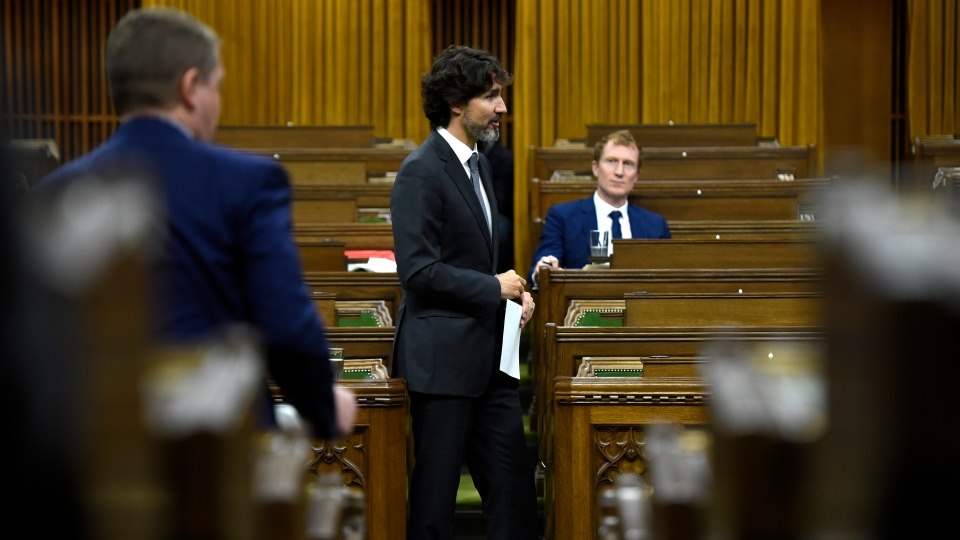OTTAWA – The federal government is propelling a progression of new COVID-19 benefits on Thursday, as Parliament continues and Prime Minister Justin Trudeau’s Liberal minority looks for resistance uphold so as to evade a snap political decision during a second wave of the coronavirus pandemic.
The House of Commons is commencing its as-ordinary as-conceivable sitting unexpectedly since the pandemic set a delay on customary business back in March. Discussion in light of Wednesday’s discourse from the seat will proceed for the duration of the day, offering more MPs time to address whether they enjoyed what they heard, and in the event that it’ll be sufficient for them to help the administration in a confidence vote.
The minority Liberals will need to garner at least some support for the throne speech from across the aisle or risk seeing their government fall. Early indications were that this support, may not be as secure as the Liberals might like. The Liberals currently hold 154 seats, the Conservatives have 121, the Bloc Québécois holds 32, the NDP has 24, the Green Party has three and there are two Independents and two vacancies.
The speech fixated primarily on how to keep supporting Canadians financially through COVID-19 while repairing inequalities the pandemic has exposed. Billed as “an ambitious plan for an unprecedented reality,” it included a commitment to keep up certain business aid benefits, to create a national child care and job creation plan, and emphasized that Canada has to tackle climate change, systemic racism, and gender inequity.
With the Conservatives already ardently against the speech, and the Bloc Quebecois sounding like they haven’t seen enough yet, but could come around if billions in new health funding is sent to the provinces, the Liberals will be looking to the NDP for support. But that won’t come without strings attached.

First outlined in August by Minister of Employment, Workforce Development and Disability Inclusion Carla Qualtrough, the $37 billion CERB transition plan includes moving most of the millions of Canadians collecting CERB onto an updated Employment Insurance program at the end of the month, while offering three new temporary benefits meant to more specifically target the reasons why Canadians are not working.
The first is being called the “Canada Recovery Benefit” and will be available for 26 weeks to workers who are self-employed, gig or contract workers. In order to qualify for this $400-a-week program, Canadians must be looking for work and had stopped working, or had their income reduced due to COVID-19.
Then there is the “Canada Recovery Sickness Benefit” which is being created for those who don’t already have paid sick leave through their employer, to make it easier for people to stay home from work when they are sick or have to self-isolate due to COVID-19. This benefit will provide $500 per week, for up to two weeks, which remains the current time frame required for Coronavirus isolation.
And the third new program is a “Canada Recovery Caregiving Benefit” to help in the instances where someone needs to stay home to care for a loved one such as a child under the age of 12, a family member with a disability, or a dependent because schools, daycares, or other care facilities are closed due to the pandemic. This program offers up to 26 weeks per household, with just one adult per household able to claim the program at a time, and provides $500 a week.
Photo credit: THE CANADIAN PRESS/Justin Tang
News source: CTV NEWS











